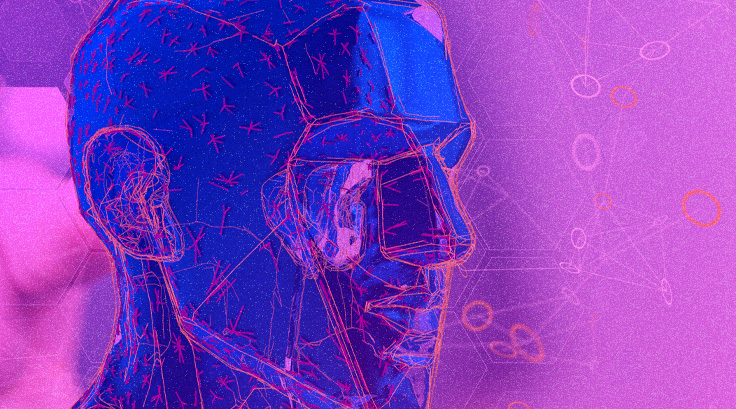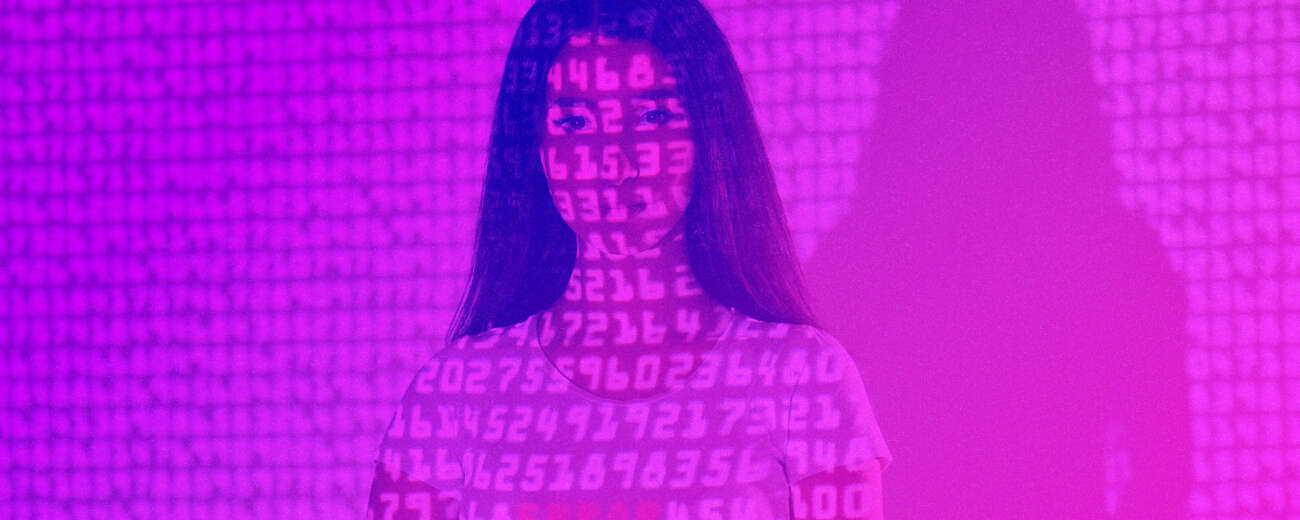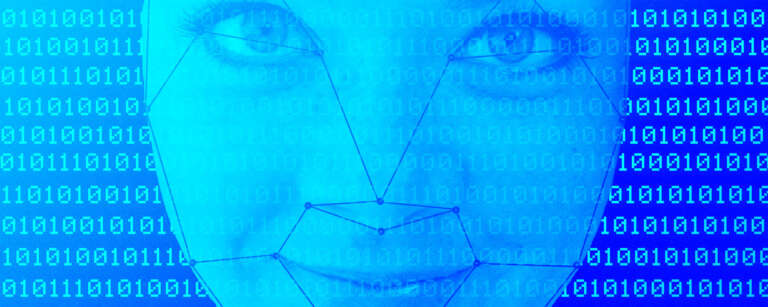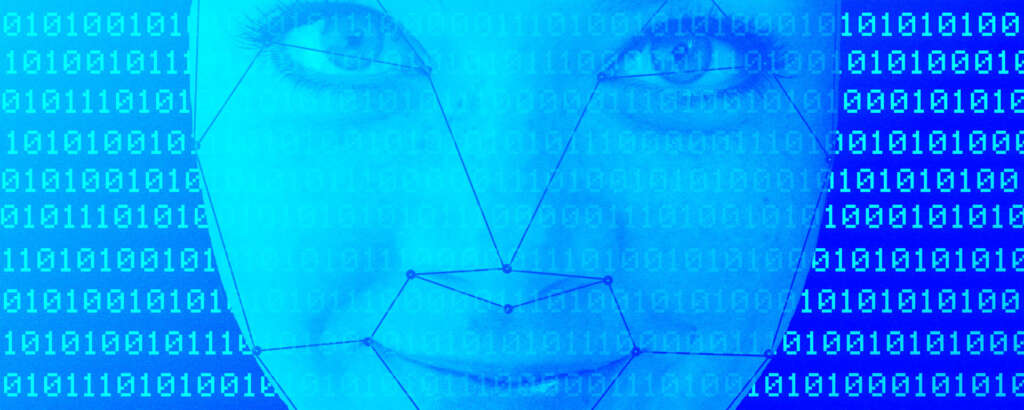Undress AI apps have recently drawn attention for their ability to modify images by removing clothing. As these apps evolve, their outputs are becoming more convincing, thanks to advancements in artificial intelligence (AI) algorithms. These technologies play a crucial role in enhancing the realism of the edited images. But what exactly are these AI algorithms, and how do they contribute to the improvements we see today?
In this article, we’ll explain the specific technologies that make undress apps increasingly sophisticated and explore what powers their capabilities.
AI Algorithms Behind Undressing Apps
AI algorithms are essentially instructions that a computer follows to complete specific tasks. In the case of undress apps, the AI’s job is to analyze images, understand the components of a photo, and then generate a modified image that blends seamlessly with the original.
There are several stages involved in creating a convincing image using deepnude AI:
- Image Recognition
The AI first identifies the different components in a photo, such as body parts, clothing, and background elements. This helps the AI distinguish what needs to be edited and what should remain intact. - Prediction Models
Once the image is analyzed, the AI uses predictive algorithms to estimate how the body would appear without clothing. This is one of the most complex aspects of undress apps, requiring the AI to draw on large amounts of data to make accurate guesses. - Image Generation
Finally, the AI generates a new image based on its predictions. This output is designed to blend with the original photo, ensuring that lighting, shadows, and proportions remain consistent.
These three steps are crucial to the functionality of any undress AI app. However, the technologies behind these steps, such as neural networks and deep learning, are what enable the AI to improve over time.
Neural Networks and Their Role
Neural networks, a core element of machine learning, are pivotal in helping AI identify patterns in images. In undressing AI apps, these networks simulate the human brain, processing data in a way that allows the AI to “learn” over time. This continuous learning process enables the apps to produce increasingly accurate results.

Key Functions of Neural Networks in Undress Apps:
- Identifying Body Structures: The AI can distinguish between clothing and the human body, which helps in determining the correct shapes and contours beneath garments.
- Learning Textures: Neural networks are trained to recognize the difference between skin and fabric, allowing the AI to generate realistic skin tones and avoid odd texture blending.
- Recreating Hidden Areas: For parts of the body obscured by clothing, the AI uses its learned data to predict what should be present in the final image, maintaining a natural appearance.
AI Technologies and Their Functions
| AI Technology | Function |
| 🧠 Neural Networks | Identifies patterns, body structure, and distinguishes textures |
| 🔮 Prediction Models | Estimates the appearance of the body without clothing |
| 🎨 Image Generation Algorithms | Produces the final image while keeping consistency with the original |
Improving Realism with Advanced AI Models
Generative Adversarial Networks (GANs)
One of the leading breakthroughs in undress AI is the use of Generative Adversarial Networks (GANs). GANs consist of two AI models working together: a generator and a discriminator. The generator creates new images, while the discriminator checks these images for realism. This constant back-and-forth between the two results in increasingly lifelike outputs.
Why GANs Are Important:
- They refine the AI’s ability to replicate skin tones, shadows, and lighting accurately.
- GANs push the boundaries of realism, enabling more natural-looking transitions between the modified and original parts of an image.
Convolutional Neural Networks (CNNs)
Another essential technology in deepnude apps is Convolutional Neural Networks (CNNs). CNNs are designed to analyze images at a deeper level, focusing on details like edges, textures, and shapes. These networks are particularly effective at recognizing intricate patterns, such as folds in clothing or the subtleties of lighting on skin.
How CNNs Enhance Realism:
- CNNs improve the AI’s precision in identifying clothing boundaries, making the undressing process smoother.
- They help the AI generate more accurate skin textures, avoiding unrealistic blurring or pixelation in the final image.
Deep Learning and the Importance of Training Data
AI’s success in creating realistic outputs largely depends on the quality of training data it uses. Deep learning, a subset of AI, involves training the system on vast datasets to recognize and reproduce patterns. The more diverse the training data, the better the AI becomes at handling various types of clothing, body shapes, and lighting conditions.
Deep learning enables the AI to:
- Adapt to Complex Images: With sufficient training, the AI can handle intricate images where the clothing blends with the background or the body is partially obscured.
- Improve with Time: As more data is fed into the system, the AI becomes better at making accurate predictions, ensuring that future outputs are more realistic.
Limitations of Current Undress AI Technology
Despite the rapid advancements in AI, there are still limitations to how realistic undress apps can be. Some of the challenges include:
- Complex Clothing: The AI may struggle with images that feature complex patterns or multiple layers of clothing, leading to unrealistic results.
- Unnatural Shadows: In some cases, the AI-generated image may fail to replicate the correct lighting and shadowing, making the edited parts stand out awkwardly.
- Body Shape Variations: Although AI is improving in recognizing different body types, it can still produce less-than-accurate results when dealing with extreme variations in body shape.
PROs & CONs of AI-Powered Undress Apps
PROs
- Increasingly realistic images with advanced AI algorithms.
- Fast processing times for generating results.
- Continuous improvement as AI learns from more data.
- Wide availability, with many apps offering free versions.
- Can adapt to various clothing styles and body types.
CONs
- Significant ethical concerns, especially around privacy.
- Struggles with complex images and clothing patterns.
- Some results can appear unnatural or inaccurate.
- High potential for misuse, including generating non-consensual images.
- Quality of results depends heavily on the training data.
Conclusion
The growing sophistication of undressing AI apps is driven by several key AI technologies, including neural networks, GANs, and CNNs. These algorithms work together to recognize clothing, predict what lies beneath, and generate realistic images that blend with the original photo. While there are still limitations, such as handling complex images or maintaining natural lighting, these technologies continue to evolve, making undress AI apps more effective and realistic over time.
As these tools become more advanced, it’s important for users to understand both their capabilities and their limitations, ensuring they are used responsibly and ethically.
Frequently Asked Questions
What are undress AI apps?
Undress AI apps are software tools that use artificial intelligence to modify photos, removing clothing to create a new, altered image.
How do undress AI apps work?
These apps use AI algorithms like neural networks and GANs to analyze the image, predict what the body would look like without clothing, and generate a new image that blends with the original.
Are undress AI apps legal to use?
While the apps themselves may not be illegal, using them to create non-consensual images or violating someone’s privacy is illegal in many countries. Always check local laws and ensure ethical use.
What technologies make these apps more realistic?
Technologies like Generative Adversarial Networks (GANs), Convolutional Neural Networks (CNNs), and deep learning help improve the realism of the images by accurately predicting body shapes, textures, and lighting.
What are the limitations of undress AI apps?
Despite advancements, these apps can struggle with complex clothing, unusual lighting, or obscured body parts, leading to less realistic or unnatural-looking results.
Is it safe to use undress AI apps?
The safety of using these apps depends on how you handle privacy. Some apps may store or misuse your images, so it’s crucial to read their privacy policies and avoid sharing sensitive photos.
Can the results be used for good purposes?
While the technology itself can be used for research or entertainment purposes, it’s important to recognize that it has significant potential for misuse, especially if it violates privacy or consent.





Leave a Comment